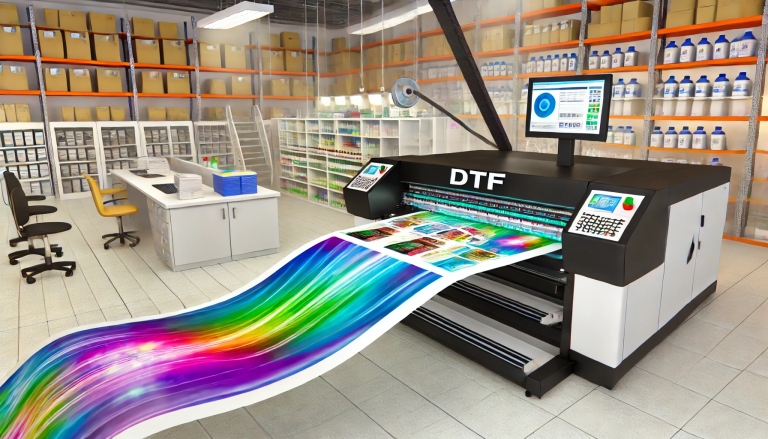“Can DTF Be Used on Glass? A Deep Dive into Direct to Film Printing” -MAXDTF- UV DTF Printing Paper Factory, China UV Film Transfer Film, Made in China
The world of printing technology is constantly evolving, giving us new methods to transfer our favorite designs onto various surfaces. One of the latest buzzwords in the printing industry is DTF, or Direct to Film printing. Originally developed for textiles, many people wonder if it can be applied to non-textile surfaces, specifically glass. Let’s explore the feasibility and potential of using DTF on glass.
What is DTF (Direct to Film) Printing?
Before diving into its application on glass, let’s briefly understand what DTF is. Direct to Film printing is a method that involves printing a design onto a specialized film, which is then heat-pressed onto a substrate, typically fabric. The result is a high-quality, vibrant, and durable print.
Can DTF Be Used on Glass?
Technically, DTF is primarily designed for textiles, but with some creativity and experimentation, it might be possible to transfer designs onto glass. Here’s what to consider:
- Adhesion: The primary challenge with glass is its smooth, non-porous surface. The inks and adhesives used in DTF might not adhere as effectively to glass as they do to textiles. Specialized adhesives or pre-treatment solutions might be required.
- Heat Sensitivity: The heat-pressing stage of DTF might be problematic for glass, especially if it’s not tempered. There’s a risk of the glass breaking or warping due to the high temperatures. If attempting DTF on glass, it’s vital to ensure the glass can withstand the heat.
- Texture and Finish: If the DTF process can be successfully applied to glass, the texture and finish might differ from traditional glass prints. This could either be a drawback or a unique selling point, depending on personal preference or the project’s requirements.
Alternative Methods for Printing on Glass
If DTF proves too challenging or doesn’t provide the desired results on glass, consider these established methods:
- UV Printing: UV printers can print directly onto glass surfaces, resulting in sharp, vibrant images that are both scratch and water-resistant.
- Screen Printing: Especially for larger batches, screen printing is a tried-and-tested method for transferring designs onto glass.
- Decals: Custom decals can be printed and then applied to glass. While not as durable as some other methods, it allows for intricate designs and is excellent for short-term projects or art pieces.
- Etching: For a more permanent and elegant look, consider glass etching. While it doesn’t involve printing per se, it provides a beautiful finish that stands the test of time.
Conclusion
While DTF printing holds immense promise for textile applications, its use on glass remains experimental at best. Those interested in transferring designs onto glass should weigh the pros and cons and perhaps start with small test pieces before committing to large projects. And always remember, in the realm of art and design, experimentation often leads to innovation!




